Results
-
 £7.99
£7.99Christmas Favorites (Bass Clarinet) - Sweeney, Michael
A collection of Christmas arrangements which can be played by full band or by individual soloists with optional CD accompaniment. There is also an optional Piano Accompaniment part.Contents:Jingle BellsUp on the HousetopThe Hanukkah SongA Holly Jolly ChristmasWe Wish You a Merry ChristmasFrosty the Snow ManRockin' Around the Christmas TreeJingle-Bell RockRudolph the Red-Nosed ReindeerLet It Snow! Let It Snow! Let It Snow!The Christmas Song
Estimated dispatch 7-14 working days
-
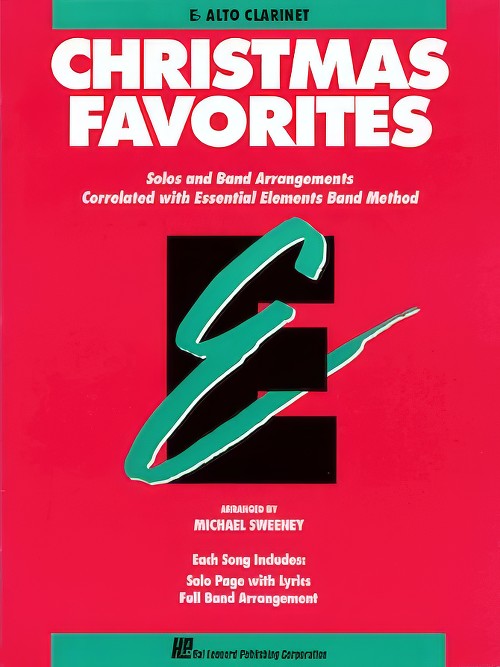 £6.99
£6.99Christmas Favorites (Eb Alto Clarinet) - Sweeney, Michael
A collection of Christmas arrangements which can be played by full band or by individual soloists with optional CD accompaniment. There is also an optional Piano Accompaniment part.Contents:Jingle BellsUp on the HousetopThe Hanukkah SongA Holly Jolly ChristmasWe Wish You a Merry ChristmasFrosty the Snow ManRockin' Around the Christmas TreeJingle-Bell RockRudolph the Red-Nosed ReindeerLet It Snow! Let It Snow! Let It Snow!The Christmas Song
Estimated dispatch 7-14 working days
-
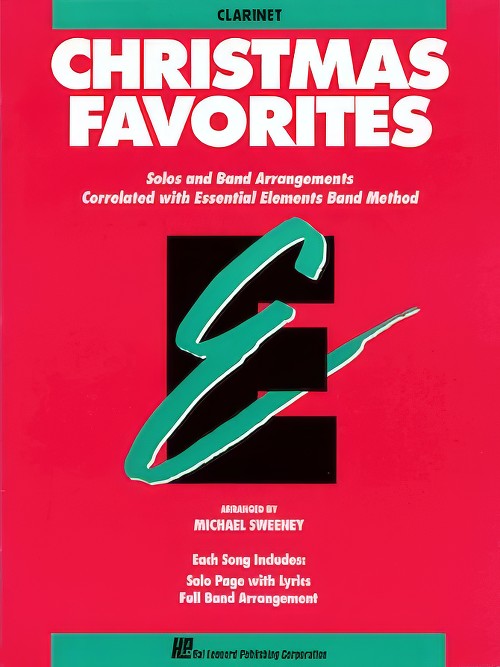 £7.99
£7.99Christmas Favorites (Clarinet) - Sweeney, Michael
A collection of Christmas arrangements which can be played by full band or by individual soloists with optional CD accompaniment. There is also an optional Piano Accompaniment part.Contents:Jingle BellsUp on the HousetopThe Hanukkah SongA Holly Jolly ChristmasWe Wish You a Merry ChristmasFrosty the Snow ManRockin' Around the Christmas TreeJingle-Bell RockRudolph the Red-Nosed ReindeerLet It Snow! Let It Snow! Let It Snow!The Christmas Song
Estimated dispatch 7-14 working days
-
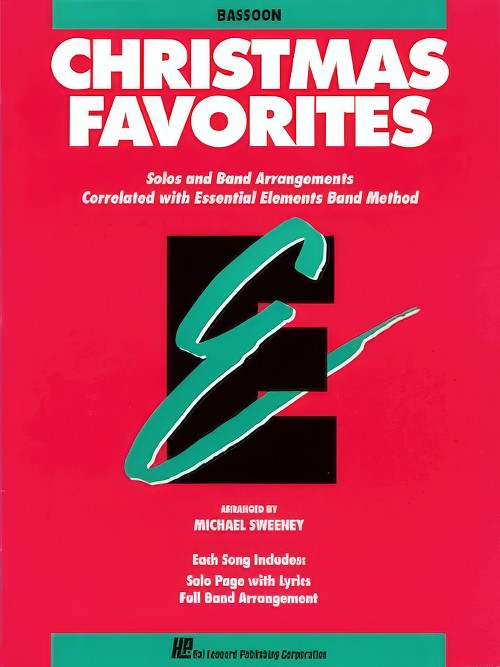 £7.99
£7.99Christmas Favorites (Bassoon) - Sweeney, Michael
A collection of Christmas arrangements which can be played by full band or by individual soloists with optional CD accompaniment. There is also an optional Piano Accompaniment part.Contents:Jingle BellsUp on the HousetopThe Hanukkah SongA Holly Jolly ChristmasWe Wish You a Merry ChristmasFrosty the Snow ManRockin' Around the Christmas TreeJingle-Bell RockRudolph the Red-Nosed ReindeerLet It Snow! Let It Snow! Let It Snow!The Christmas Song
Estimated dispatch 7-14 working days
-
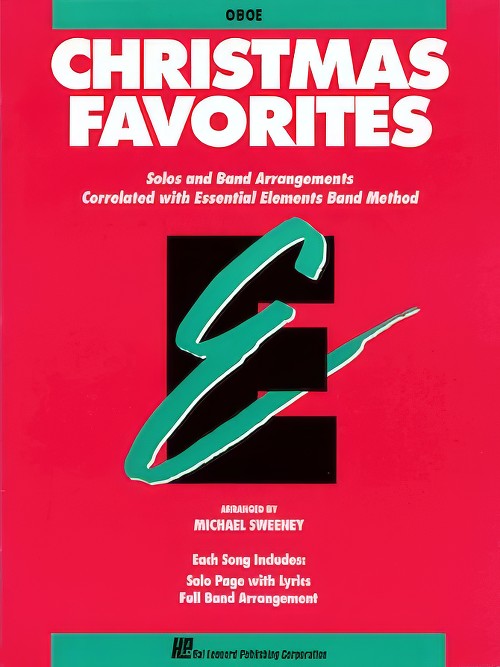 £7.99
£7.99Christmas Favorites (Oboe) - Sweeney, Michael
A collection of Christmas arrangements which can be played by full band or by individual soloists with optional CD accompaniment. There is also an optional Piano Accompaniment part.Contents:Jingle BellsUp on the HousetopThe Hanukkah SongA Holly Jolly ChristmasWe Wish You a Merry ChristmasFrosty the Snow ManRockin' Around the Christmas TreeJingle-Bell RockRudolph the Red-Nosed ReindeerLet It Snow! Let It Snow! Let It Snow!The Christmas Song
Estimated dispatch 7-14 working days
-
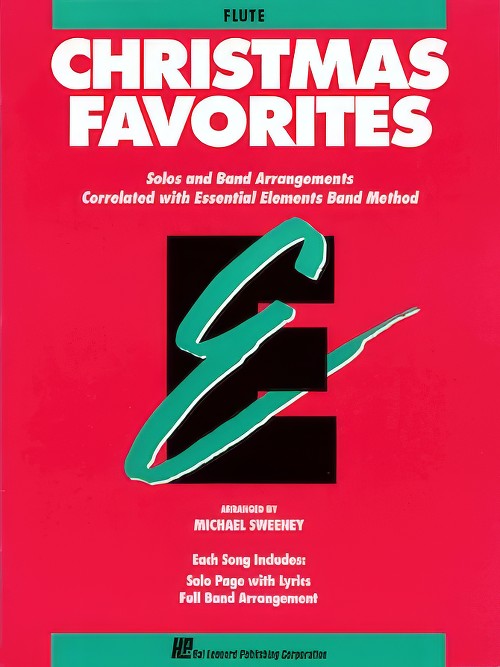 £7.99
£7.99Christmas Favorites (Flute) - Sweeney, Michael
A collection of Christmas arrangements which can be played by full band or by individual soloists with optional CD accompaniment. There is also an optional Piano Accompaniment part.Contents:Jingle BellsUp on the HousetopThe Hanukkah SongA Holly Jolly ChristmasWe Wish You a Merry ChristmasFrosty the Snow ManRockin' Around the Christmas TreeJingle-Bell RockRudolph the Red-Nosed ReindeerLet It Snow! Let It Snow! Let It Snow!The Christmas Song
Estimated dispatch 7-14 working days
-
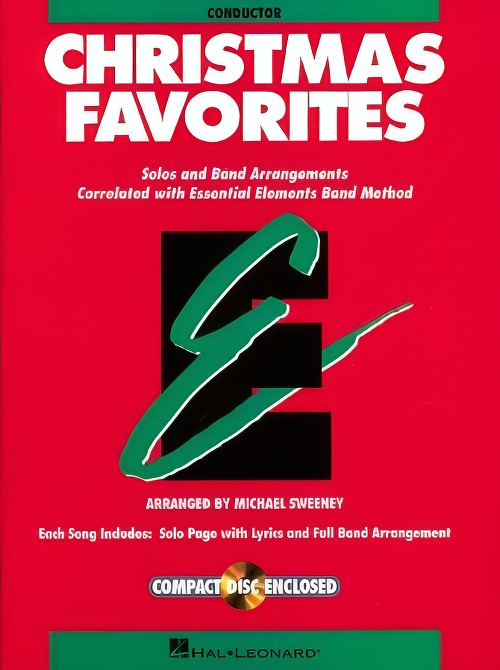 £28.99
£28.99Christmas Favorites (Conductor inc. CD accompaniment) - Sweeney, Michael
A collection of Christmas arrangements which can be played by full band or by individual soloists with optional CD accompaniment. There is also an optional Piano Accompaniment part.Contents:Jingle BellsUp on the HousetopThe Hanukkah SongA Holly Jolly ChristmasWe Wish You a Merry ChristmasFrosty the Snow ManRockin' Around the Christmas TreeJingle-Bell RockRudolph the Red-Nosed ReindeerLet It Snow! Let It Snow! Let It Snow!The Christmas Song
Estimated dispatch 7-14 working days
-
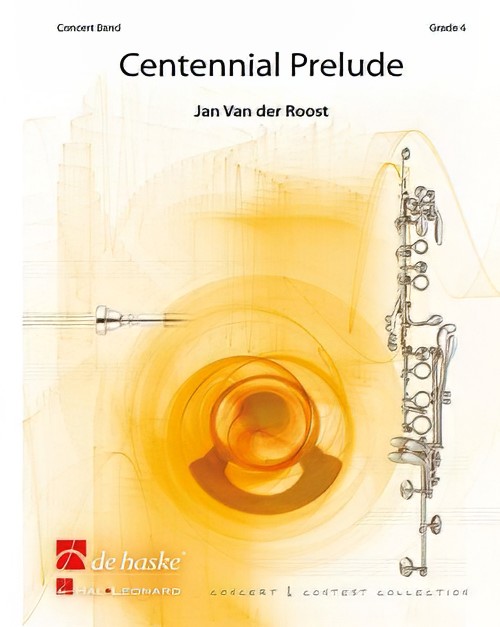 £89.99
£89.99Centennial Prelude (Concert Band - Score and Parts) - Van der Roost, Jan
This short opening music was composed on commission of the symphonic band of Jan Van der Roost's village (= Kontich near Antwerp / Belgium). In 1991, this community band celebrated its 100th anniversary. After composing commissioned pieces from different countries (even from Japan), this was the most 'near' commission he ever received indeed! It is a short but varied piece, featuring all sections of the band. After a short introduction, played by the brass instruments, a crisp rhythm starts and boxes the main theme. After a second theme, played by brass and percussion, a short melodical passage brings some 'rest'. At the end, the fanfare of the introduction reoccurs. Although this "Centennial Prelude" isn't a really demanding piece, it sounds colourful and energetic. It has been recorded on CD by the band of the 'Royal Dutch Airforce' and the 'Desford Colliery Brass band'.Duration: 3:30
Estimated dispatch 7-14 working days
-
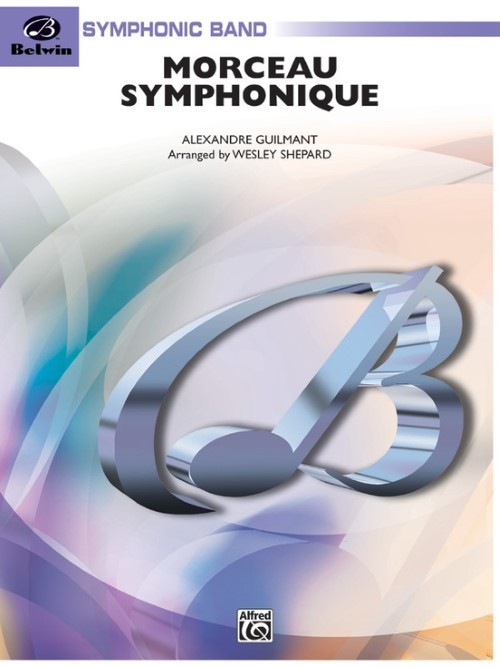 £62.95
£62.95Morceau Symphonique (Trombone Solo with Concert Band - Score and Parts) - Guilmant, Alexandre - Shepard, Wesley
Morceau Symphonique has long been a favourite with trombone soloists. In difficulty, it is not beyond the range of a good high school performer. In length, being approximately six minutes, it fits well into most concert programmes. Because of contrasting material, it affords the opportunity to display excellent phrasing, tone and control yet requires considerable technique to perform the work properly.
Estimated dispatch 7-14 working days
-
 £64.35
£64.35Across the Plains
This piece it taken from an authentic Pueblo Indian "cloud dance". Programmatic in nature, it is an excellent choice for contest or concert performances and Chisham's fascinating style of composition gives the piece strong appeal that will make it popular with students and audiences alike. Very nice!
Estimated dispatch 7-14 working days
